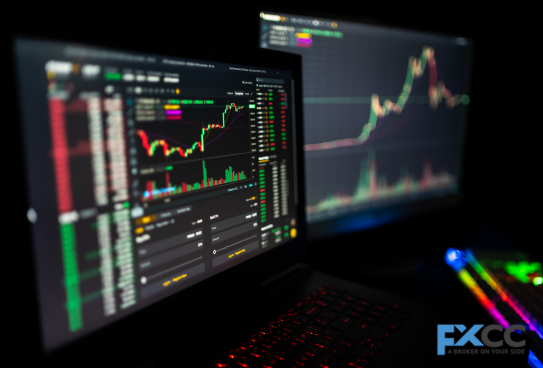When it comes to trading platforms, two names frequently dominate the conversation: cTrader and MetaTrader 5 (MT5). These platforms are popular among traders worldwide, offering diverse tools, user-friendly interfaces, and powerful features. However, the choice between cTrader and MT5 often boils down to individual preferences and trading requirements. In this article, we’ll explore the key differences to help you make an informed decision.

1. User Interface and Ease of Use
MetaTrader 5 has a traditional interface familiar to many traders, especially those transitioning from its predecessor, MetaTrader 4. Its layout is straightforward, with charts, toolbars, and trading windows intuitively placed. However, some users feel the design is slightly outdated compared to newer platforms.
cTrader, on the other hand, boasts a sleek and modern interface. It emphasizes customization, allowing traders to adjust workspaces according to their preferences. cTrader’s learning curve is slightly steeper for beginners, but it’s polished design often appeals to more experienced traders who appreciate its advanced aesthetics and functionality.
2. Charting Tools and Technical Analysis
Both platforms excel in charting, but there are differences worth noting:
- MetaTrader 5:
MT5 offers 38 technical indicators and 44 analytical objects, which are more than sufficient for most traders. The platform supports up to 21 timeframes and features an economic calendar for fundamental analysis. However, some users may find the charting tools less dynamic compared to modern platforms. - cTrader:
cTrader takes it a step further with its charting tools, providing over 70 built-in indicators and a wide range of timeframes. Its detachable chart feature lets traders view multiple charts simultaneously on separate monitors. Additionally, cTrader supports advanced tools like Fibonacci retracement and pitchforks, making it a favorite for technical traders.
3. Algorithmic Trading and Customization
Algorithmic trading is a significant factor for many traders, and both platforms cater to this need, albeit differently.
- MetaTrader 5:
MT5 uses MQL5, a proprietary programming language designed specifically for creating trading robots (Expert Advisors) and custom indicators. MQL5 has a large user base and a rich library of free and paid tools available through the MetaTrader Market. - cTrader:
cTrader utilizes cAlgo, which uses C#. For developers familiar with mainstream programming languages, cAlgo offers greater flexibility and compatibility. cTrader also integrates seamlessly with third-party apps and APIs, making it highly customizable for tech-savvy traders.
4. Order Execution and Types
Order execution speed and flexibility can significantly impact trading outcomes, especially for scalpers and high-frequency traders.
- MetaTrader 5:
MT5 offers three order execution modes (Instant, Market, and Exchange) and supports six types of pending orders. While its execution speeds are fast, they can vary depending on the broker. - cTrader:
cTrader shines with its Advanced Order Protection and additional pending order types. It offers features like “Market Range,” which ensures trades are executed within a specified price range, minimizing slippage. cTrader’s reputation for transparency in execution has made it a preferred choice for ECN traders.
5. Supported Asset Classes
MetaTrader 5 supports a broad range of asset classes, including forex, stocks, commodities, indices, and cryptocurrencies. It’s particularly suited for multi-asset trading, making it a favorite among investors who diversify across different markets.
cTrader is primarily focused on forex and CFD trading. While it supports other asset classes, its offerings are more limited compared to MT5. However, its forex-specific features are robust, appealing to traders who specialize in currency pairs.

6. Broker Availability and Accessibility
MetaTrader 5 is widely supported by brokers globally, thanks to MetaQuotes’ long-standing reputation. Its accessibility and broker variety give traders ample options.
cTrader, while gaining popularity, is supported by fewer brokers. However, it is increasingly becoming a go-to choice for traders seeking ECN or STP trading environments, emphasizing transparency.
7. Pricing and Licensing
Both platforms are free for traders to use, but brokers incur licensing fees, which can influence platform availability. MT5’s pricing structure is more established, while cTrader often appeals to brokers focused on direct market access.


